Le Monde Problématique's Public Feed: Willkommen zu meiner Debattenr...
Wie funktioniert das mit dem Dagegen-Sein in Zeiten wie diesen? Diese Frage versucht Julia Lorenz vom Magazin Spex in der aktuellen Ausgabe ihres Corona-Logbuchs zu beantworten. Besonders eine Demonstration gegen die staatlich verordneten Einschränkungen vergangene Woche vor der Berliner Volksbühne habe ihr zu Denken gegeben, so die Autorin. „Verschwörungstheoretiker_innen, stramme Rechte, Impfgegner_innen und Ken Jebsen himself nutzten eine Demo gegen den Lockdown als Bühne für ihre krude Weltsicht. […] Leider zeigt der Aktionismus dieser Möchtegern-Widerständler_innen eine ärgerliche Wirkung bei mir: Wo alle, die den Lockdown sinnvoll finden, zu verblendeten Deppen erklärt werden, kriegt ein kritischer Umgang mit Regierungsbeschlüssen schnell einen schalen Beigeschmack. Die Folge sind Lähmungserscheinungen, Lethargie, Verstummen – und Skepsis gegenüber Protest.“ Lorenz fragt: “Wird Passivität zur Opposition, wenn Distanz Fürsorge bedeutet? Bloß nicht – dann würde die Querfront ja Recht behalten mit ihrer Mär von der doofen Lemmingherde. Das Problem ist nur: An wessen Seite stellt man sich gerade? Und wer gehört bestreikt?“ Ihr persönliches Fazit: „Die Übereinkunft, der Regierung in Sachen Schutzmaßnahmen nicht nur das Schlimmste zuzutrauen, geht durchaus zusammen mit scharfer Kritik an ihrer Arbeitsweise. Das sorgt erstmal für einen Knoten im Kopf. Aber wenn der platzt, gehen vielleicht auch die Lähmungserscheinungen vorbei.“
Arlene Dávila fordert in ihren Beitrag für Hyperallergic.com, im Zuge der zahreichen Kürzungen und Einsparungen nicht die Diversity-Bemühungen zu vergessen, welche vor der Corona-Krise Handlungsmaßstab zahlreicher Kunst-Institutionen gewesen seien. Sie schreibt: „In reality, I am not very concerned about MoMA’s finances. I care about what their decision reveals about the workings of an industry in which most arts and cultural institutions in the city operate at a fraction of MoMA’s budget. I fear for the loss of community cultural institutions when they are forced to close doors, and I think about the many creatives who will be forced to leave the city because they have lost jobs and cannot afford to pay rent. Most of our creatives operate as gig workers, lacking health insurance, benefits, and vacations, and COVID-19 has exposed their widespread vulnerability. Artists and creatives of color, however, have always been the most vulnerable; they are the least represented by galleries and museums, and the least likely to have any market for their work.“
Zur Dokumenta 9 im Sommer 1992 produzierte die Künstlergruppe „Van Gogh TV“ experimentelle Fernsehformate, welche für die Dauer der Großausstellung im deutschen öffentlich-rechtlichen Fernsehen ausgestrahlt wurden. Eines davon war „piazza virtuale“. Es bestand schlicht aus einer eingeblendeten Telefonnummer, welche einen, wenn man das Glück hatte durchgestellt zu werden, mit drei weiteren AnruferInnen live auf Sendung schaltete. So beschreibt es Tilman Baumgärtel, Projektleiter eines Forschungsprojekts über „Piazza virtuale“ der Hochschule Mainz und der Universität Bonn, in seinem Beitrag für die TAZ. „‘Piazza virtuale‘ war ein Vorläufer der sozialen Medien der Gegenwart. Und es nahm einige Aspekte der Existenzform vorweg, die die Welt dank der Coronakrise in den letzten Wochen kennengelernt hat: Man sitzt zu Hause vor einem Monitor und ist mit dem Rest der Welt in einer riesigen Telekonferenz verbunden. […] Bei ‚Piazza virtuale‘ sind viele Elemente der Netzkultur unserer Tage in nuce zu beobachten. Wer genau hinguckt, findet Vorläufer von Shitstorms und Cybersex, von E-Commerce und Spielen mit virtuellen Identitäten, von Smart Mobs und von einem Zeitalter, in dem anscheinend jeder Mensch sein eigener Sender werden kann“, so Baumgärtel.
Die deutsche Filmproduktion „Kopfplatzen“, welche Anfang April in den Kinos hätte anlaufen sollen, porträtiert den 29 jährigen Architekten Markus. Ausgangspunkt des Films bildet seine Pädophilie und seinen Umgang mit dieser.
Sonja Witte kritisiert in ihrer Rezension für Jungle World die häufig platte Bildmetaphorik von „Kopfplatzen“: „Im Zusammenspiel mit der aseptischen Ästhetik des Films wird dem Publikum immer wieder in unmissverständlicher Symbolik und visueller Eindeutigkeit, also weitgehend unter Verzicht auf Nuancen, Unklarheiten oder Ambivalenzen angezeigt, was im Protagonisten gerade vor sich geht. Ganz anders etwa als der österreichische Dokumentarfilm ‚Outing‘ von 2012, in dem ein pädophiler Mann porträtiert wird, bringt ‚Kopfplatzen‘ sein Publikum nicht in die Bredouille. Während ‚Outing‘ in verschiedener Hinsicht Situationen zeigt, in denen das Verhältnis des Publikums zum pädosexuellen Begehren des Protagonisten heikel werden könnte, bleibt man als Zuschauende von ‚Kopfplatzen‘ doch letztlich außen vor, auf der sicheren, anderen Seite.“ Witte erkennt in dieser Distanziertheit ein charakteristisches Merkmal unserer Kultur: sie biete nur sehr begrenzte Möglichkeiten, den Topos der Pädophilie zu verhandeln. Sie schreibt: „Das hat nicht zuletzt mit der spezifischen gesellschaftlichen Rolle zu tun hat, die Pädophilie in der Geschichte der Sexualität besitzt. Sozialwissenschaftlichen Befunden zufolge bilden Vorstellungen, die gesellschaftlich über Pädophile kursieren, etwa seit den achtziger Jahren verstärkt einen zentralen Kristallisationspunkt für Ängste vor sexuellen Grenzüberschreitungen. Demnach verdichtet sich in der Figur des Pädophilen auch, was in besonders greller Weise gegen relevante Prinzipien derzeit geltender Sexualmoral verstößt. Als gesellschaftliches Symptom betrachtet bündeln sich somit in der angsterregenden Gestalt des ‚Kinderschänders‘ Aspekte von Sexuellem, welche im Zeitalter der sogenannten Konsens- oder Verhandlungsmoral deren idealen Anforderungen zuwiderlaufen – etwa der Gleichberechtigung und Verhandlungsfähigkeit der an sexuellen Interaktionen Beteiligten […].“
Elsa Koester hat für den Freitag eine sehr schöne Interview-Reihe zum Thema Berührungen und körperliche Nähe produziert. Hier sei als Einstieg auf ihr Gespräch mit dem Haptikforscher Martin Grunwald verwiesen. Themen sind unter anderem die taktilen Reize der Smartphone-Nutzung, die aktuelle Neukodierung von Oberflächen als potentielle Gefahrenquelle und die vielfältigen Auswirkungen von körperlichen Berührungen auf die menschliche Psyche. Für die eher geringe Bedeutung des Tastsinns innerhalb der psychologischen Fachdiskurse hat Grunwald folgende Erklärung: „Die akademische Psychologie hat in ihrer Gründungsphase dezidiert den Tastsinn als niederen Sinn abgewertet. Auch die Religion spielte hier eine Rolle: Berührung und Körper wurden mit animalischen Aspekten in Verbindung gebracht, und natürlich mit Sexualität. Jeder Wissenschaftler, der etwas auf sich hielt, hat einen Bogen um den Tastsinn gemacht. Um finanziell gefördert zu werden. Noch heute ist das in der akademischen Psychologie zu spüren.“
Wie geht es GaleristInnen und KünstlerInnen in der Corona-Krise? Darum drehen sich die folgenden Interviews.
Den Anfang machen Katharina Grosse und Alicja Kwade, welche mit Tobias Timm von der Zeit sehr offen über ihre professionellen Schwierigkeiten sprechen, mit welchen sie sich nun konfrontiert sehen. Als international tätige Künstlerinnen beschäftigen beide diverse festangestellte und freie Mitarbeiter. Alicja Kwade beschreibt ihre betriebliche Lage folgendermaßen: “Für mich hat die Situation der letzten Wochen enorm viel Stress bedeutet, ich musste noch nie so sehr Chefin sein. Inklusive psychologischer Einzelbetreuung. Ich bin mit meiner Buchhalterin und einer Assistentin allein in meinem Atelier, wir schlagen uns mit Kurzarbeit-Anträgen für meine zehn Angestellten herum. Ich versuche noch, meinen Angestellten ein wenig Arbeit nach Hause zu verteilen. Und ich vermittele den Dutzend Selbstständigen, mit denen ich zusammenarbeite, Tipps für Anträge auf Soforthilfen und schaue auch, dass wir für sie noch genug Arbeit haben. Ich musste jetzt auch sehen, welche Galerien mir noch Geld schulden, damit wir hier planen können, wie lange wir über die Runden kommen – auch im schlechtesten Fall.” Aber auch Kwades und Grosses Erfahrungen als erfolgreiche Künstlerinnen in einem immer noch männlich dominierten Kunstbetrieb werden ausführlich thematisiert.
In der Welt gibt Gerd Harry Lybke, Eigentümer der Galerie EIGEN+ART, Auskunft über seinen Umgang mit der aktuellen Situation. Er gibt sich krisenerprobt und somit entspannt und kann der Pandemie sogar den ein oder anderen positiven Aspekt abgewinnen. Zu den zahlreichen Online-Initiativen innerhalb des Kunstmarkts bemerkt er: „Wenn die Corona-Krise ein Gutes hat, dann das: Digitalisierung ist jetzt niemandem mehr peinlich.“ Die von ihm vertretenen KünstlerInnen würden ebenfalls profitieren: “Endlich Zeit im Atelier! Es wird intensiv nachgedacht wie nie. Man überprüft Positionen, steht vor sich selbst. Und kann produktiv sein. Nichts lenkt ab.“ Paradiesische Zustände also. Muss richtig nice sein, sonst keine Probleme zu haben …
Sebastian C. Strenger hat für das Magazin Weltkunst ein Interview mit dem international erfolgreichen Galeristen Thaddaeus Ropac geführt. Die ersten zwei Drittel des Gesprächs drehen sich um die Anfangsjahre der Galerie, das letzte Drittel dann um seine Einschätzungen zu gegenwärtigen Pandemie. Auch Ropac gibt sich krisengestählt: „Ich habe geschäftlich auch mehrere dramatische Erfahrungen gemacht. Zunächst 1988, als der Kapitalmarkt zusammenbrach und sich dies sofort auf den Kunstmarkt auswirkte – das war damals ein Schock für mich. Aber mit Durchhalteparolen, Durchstehvermögen und vielen Mühen habe ich es damals zurückgeschafft – bis 1991 ein noch größerer Zusammenbruch folgte. Jedes Mal haben viele Galerien danach schließen müssen – auch 2008, nach der Pleite von Lehman Brothers. Einige sind aber immer auch gestärkt aus diesen Krisen rausgekommen. Da muss man einfach durch. Leider geht es nur so.“
Dass es auch außerhalb des etablierten Kunstbetriebs parallele Wertschöpfungsstrukturen (im kulturellen und finanziellen Sinne) gibt, welche für die an ihnen beteiligten ProtagonistInnen hervorragend funktionieren, daran erinnert ein Artikel über den Künstler Tim Bengel, welchen Sebastian Späth für die Zeit geschrieben hat. Bengel kreiert mit Sand und Blattgold Bilder, welche motivlich nicht von klassischen Kunstdrucken aus dem Baumarkt zu unterschieden sind. Dass seine Arbeiten dennoch bis zu 80000€ kosten, erklärt Späth folgendermaßen: „Man kann sich denken, dass der etablierte Kunstbetrieb dieses Sandgestöber nicht ernst nimmt. Doch Bengel ist davon überzeugt, ihn ausgetrickst zu haben. Die Machtverhältnisse auf dem Markt haben sich in den vergangenen Jahren radikal geändert. Längst bestimmen nicht mehr nur Kuratoren, Galeristinnen, Museumsdirektoren und Kritikerinnen, was als Kunst gelten soll, sondern Instagram-Follower, Fernsehsender und Marketingabteilungen großer Unternehmen. Neben dem elitären Markt hat sich ein zweiter etabliert: Hier stellen Internetphänomene neue Regeln auf. Tim Bengel ist dort ein nationaler Champion. Mindestens.“ Ein weiterer „nationaler Champion“ auf diesem Gebiet ist der Maler Leon Löwentraut (63000 Follower auf Instagram), welcher als Phänomen mindestens ebenso interessant ist wie Bengel. In eine ähnliche Kategorie fallen auch die nordamerikanischen Kaplan Twins, allerdings spielen die beiden Malerinnen in einer deutlich höheren Liga (200000 Follower auf Instagram, 1,5 Millionen Fans auf Tiktok).
Johannes Bendzulla



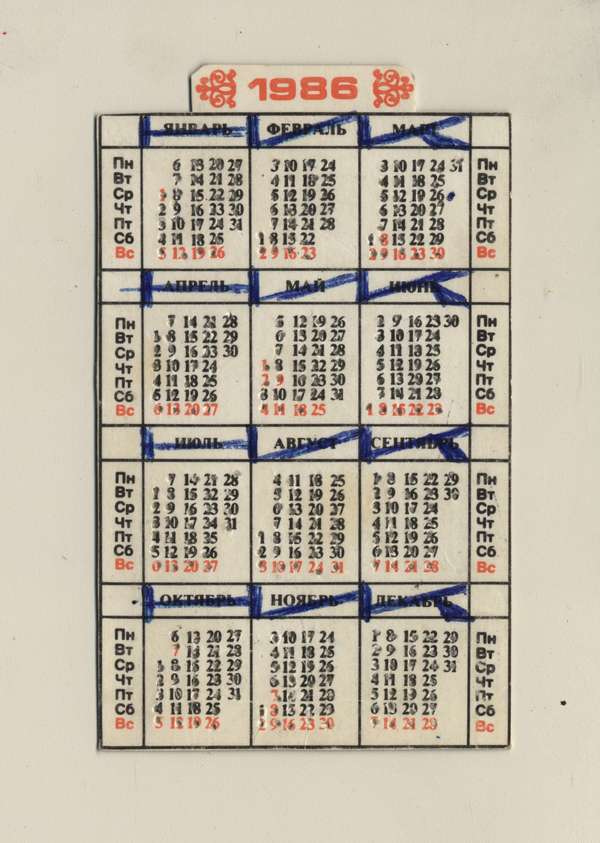






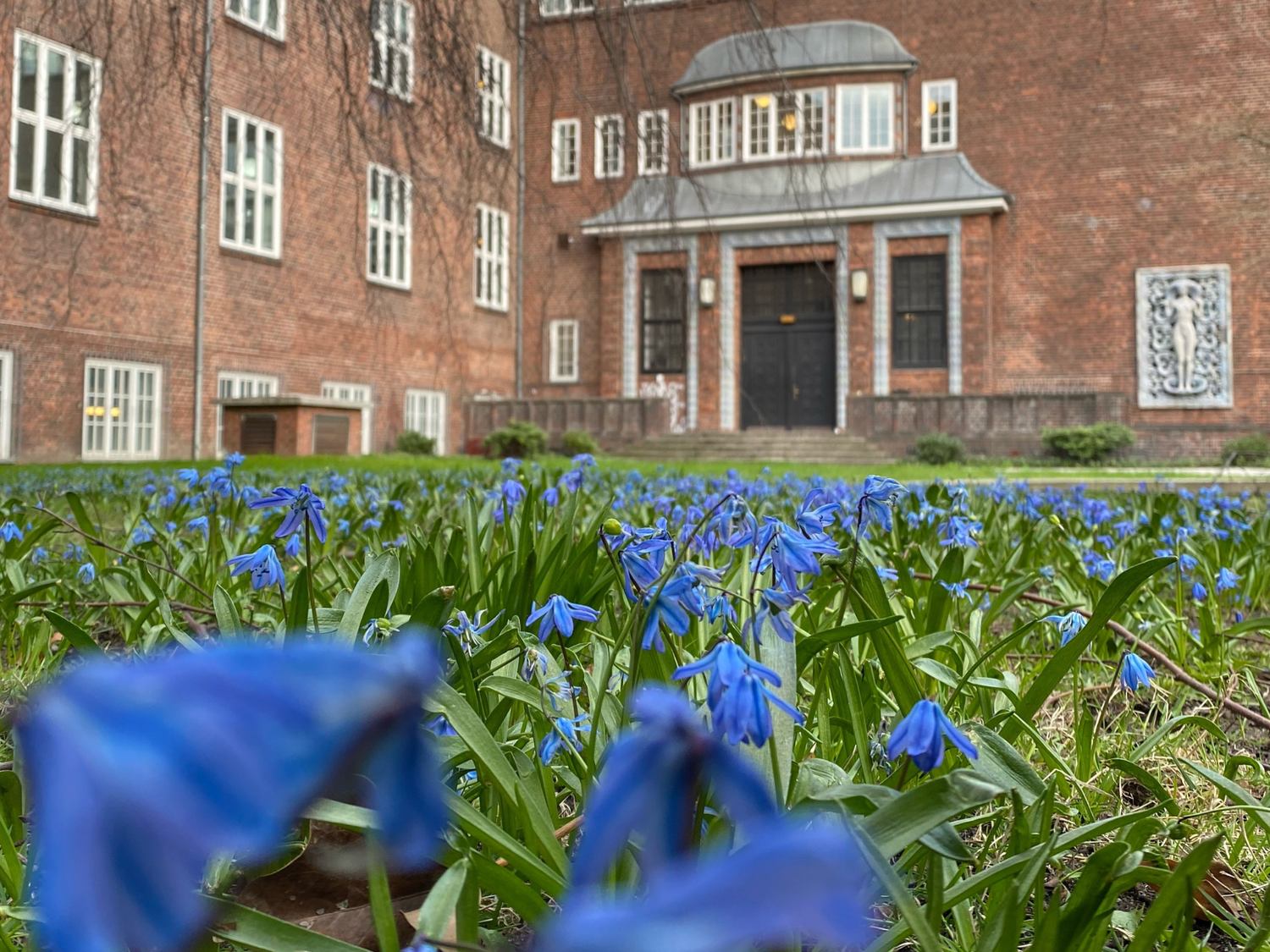
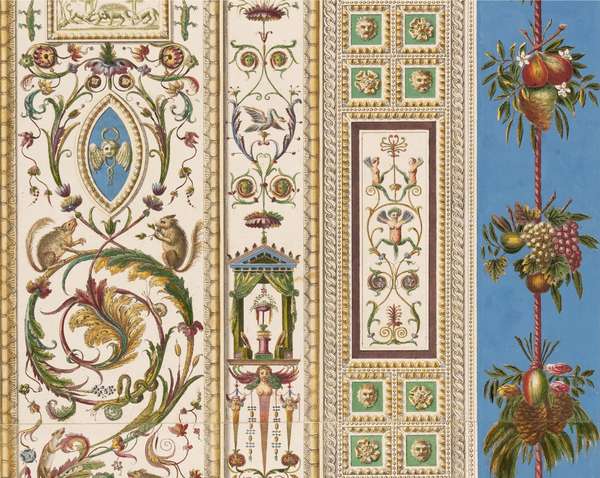

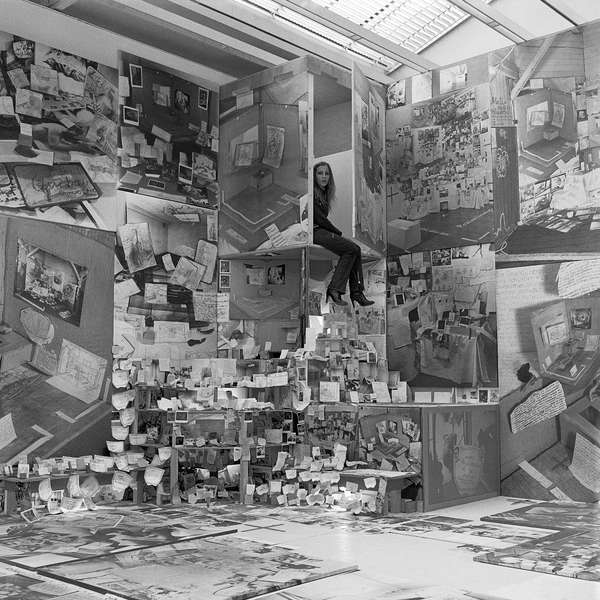
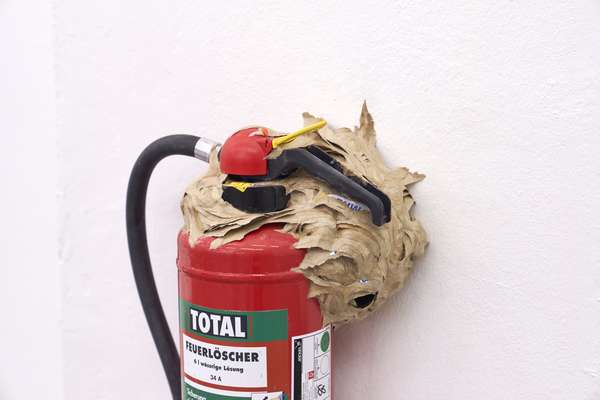
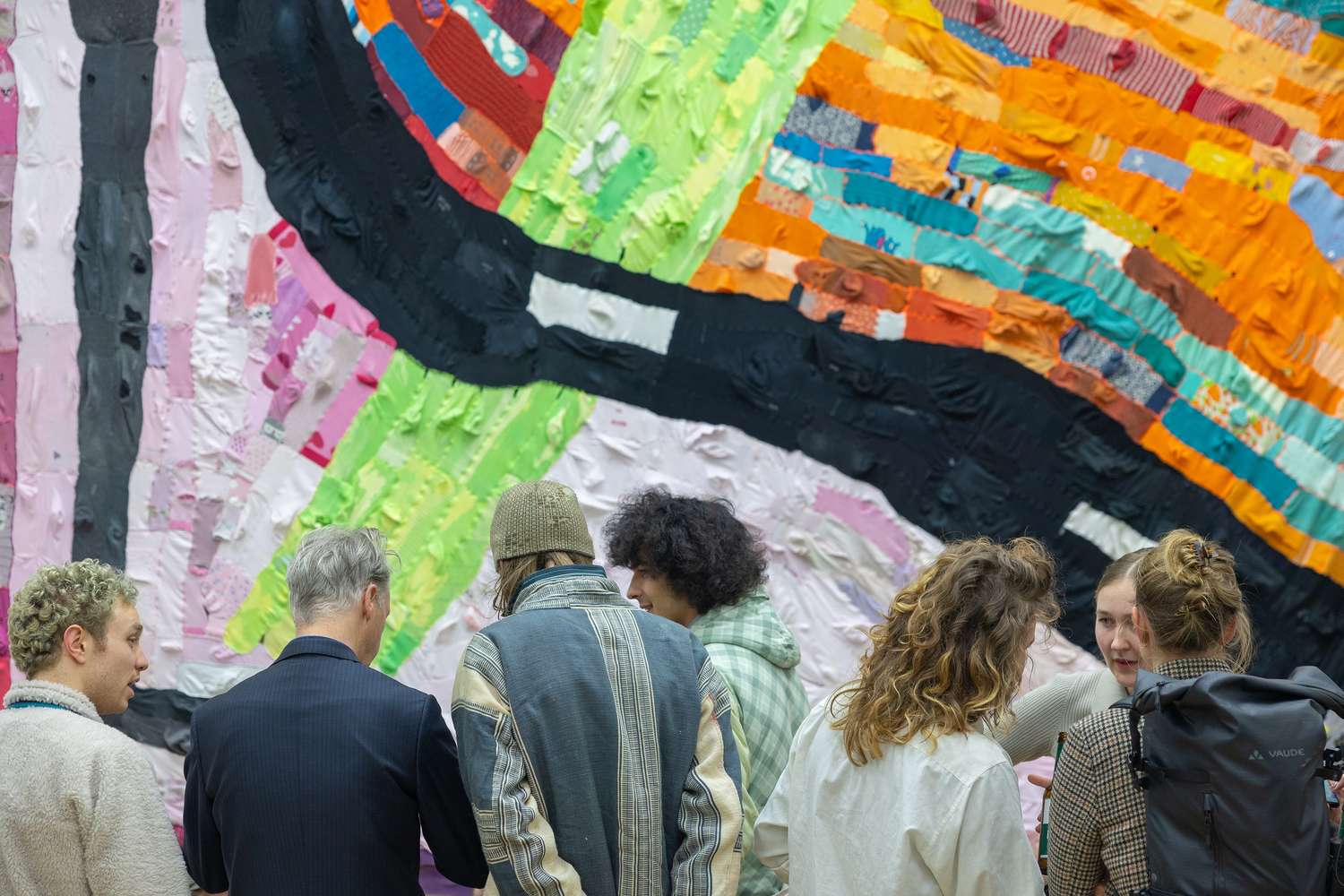
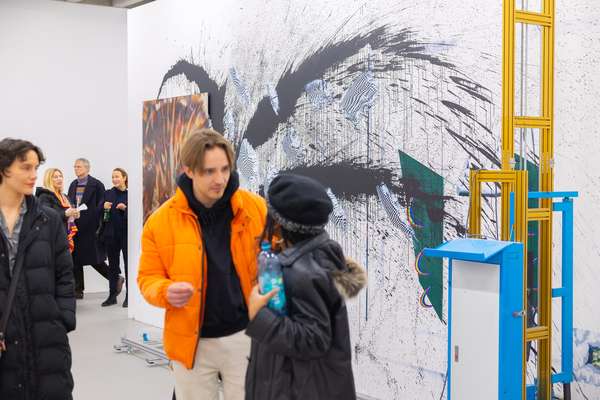

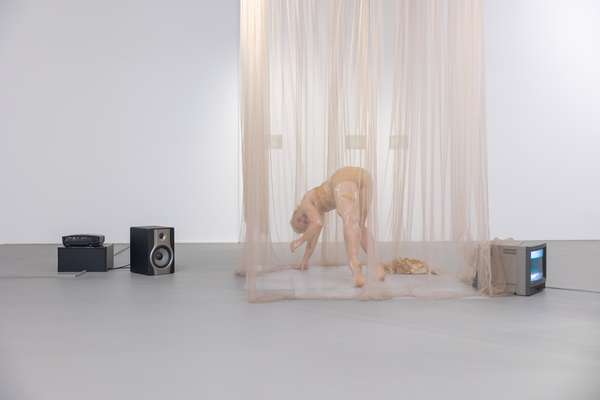
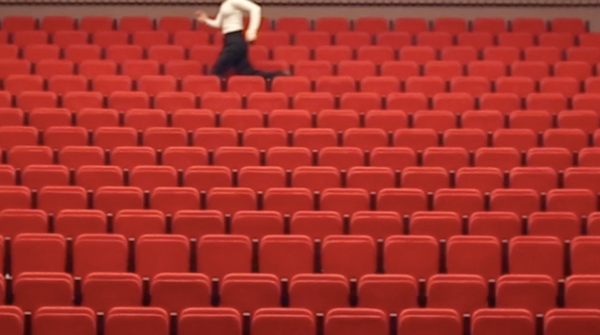

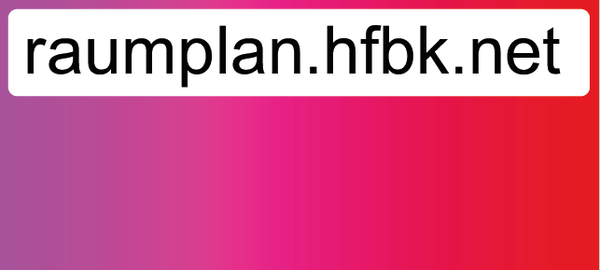


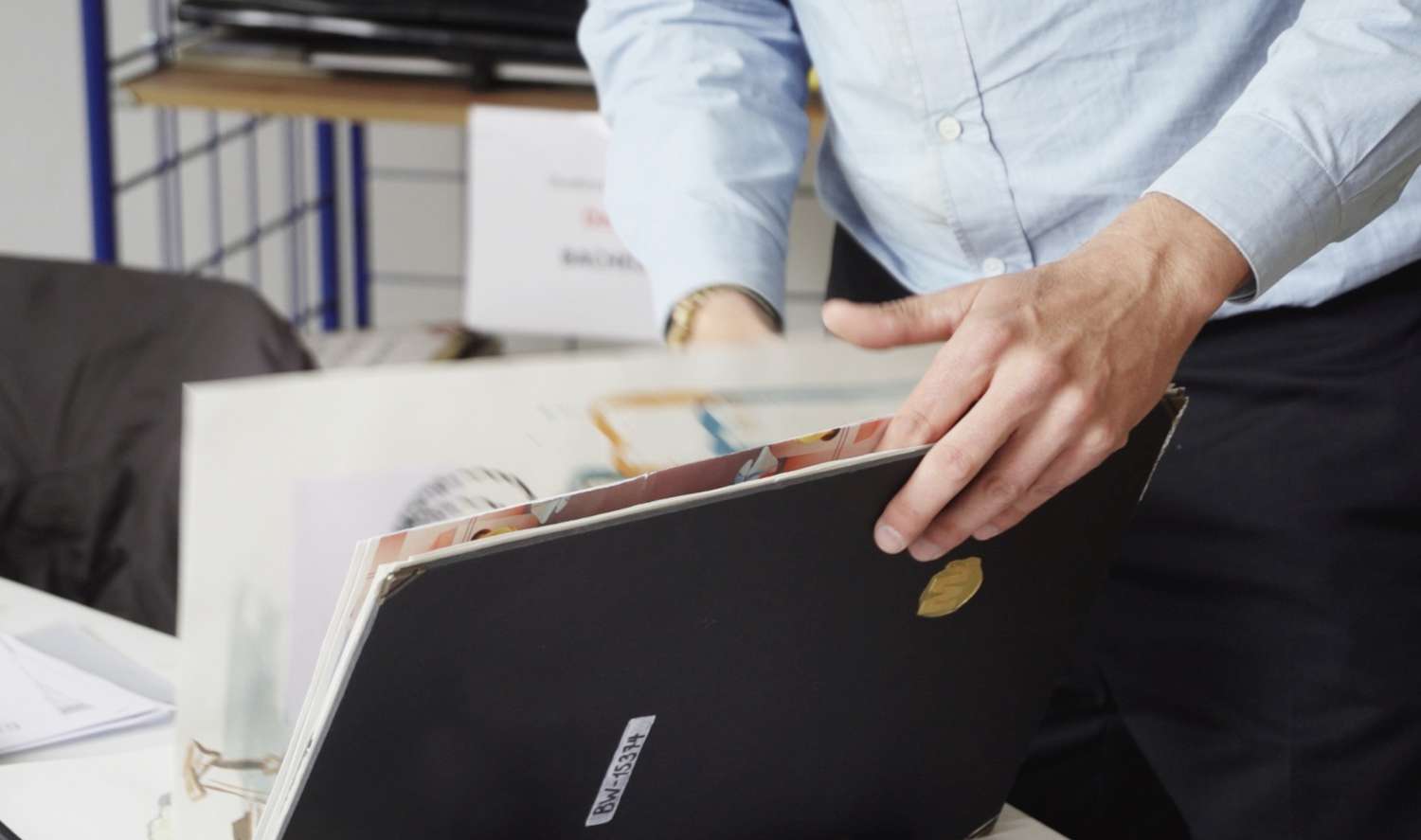
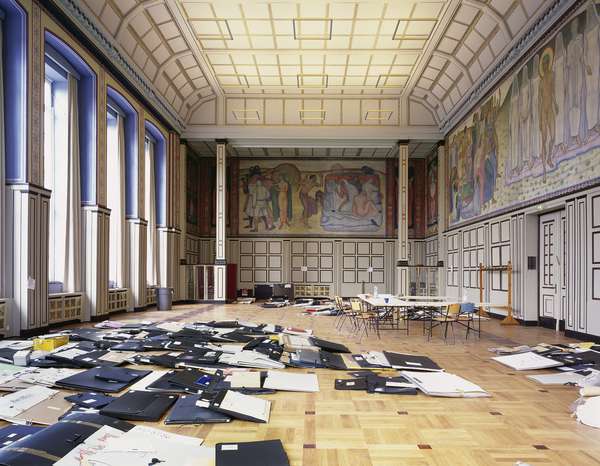
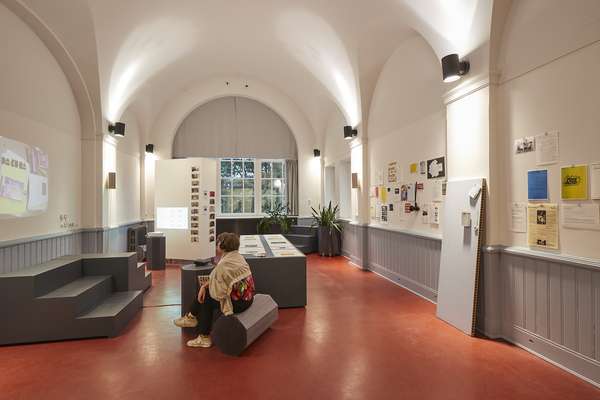

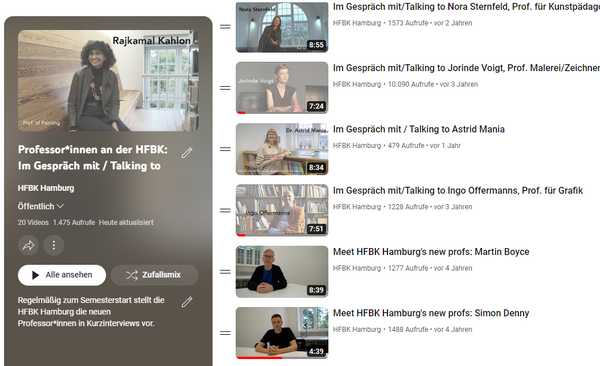






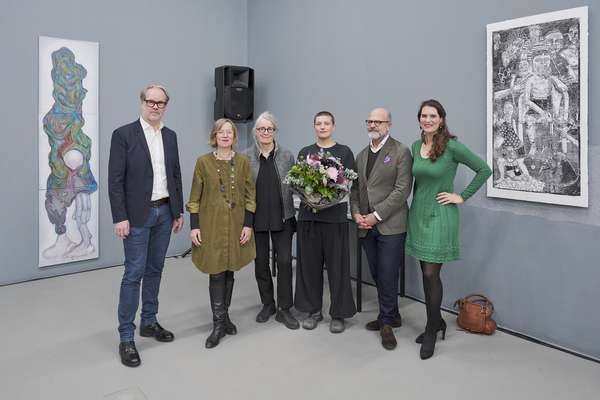


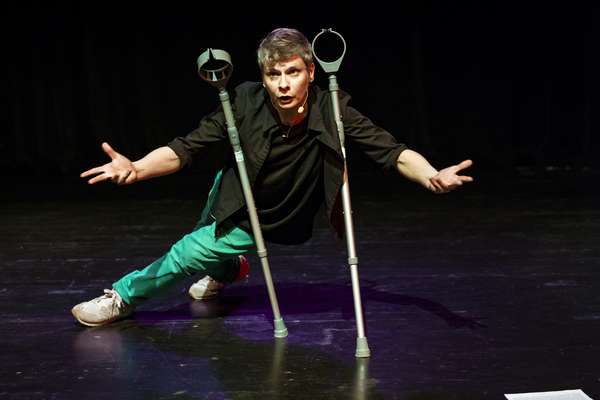



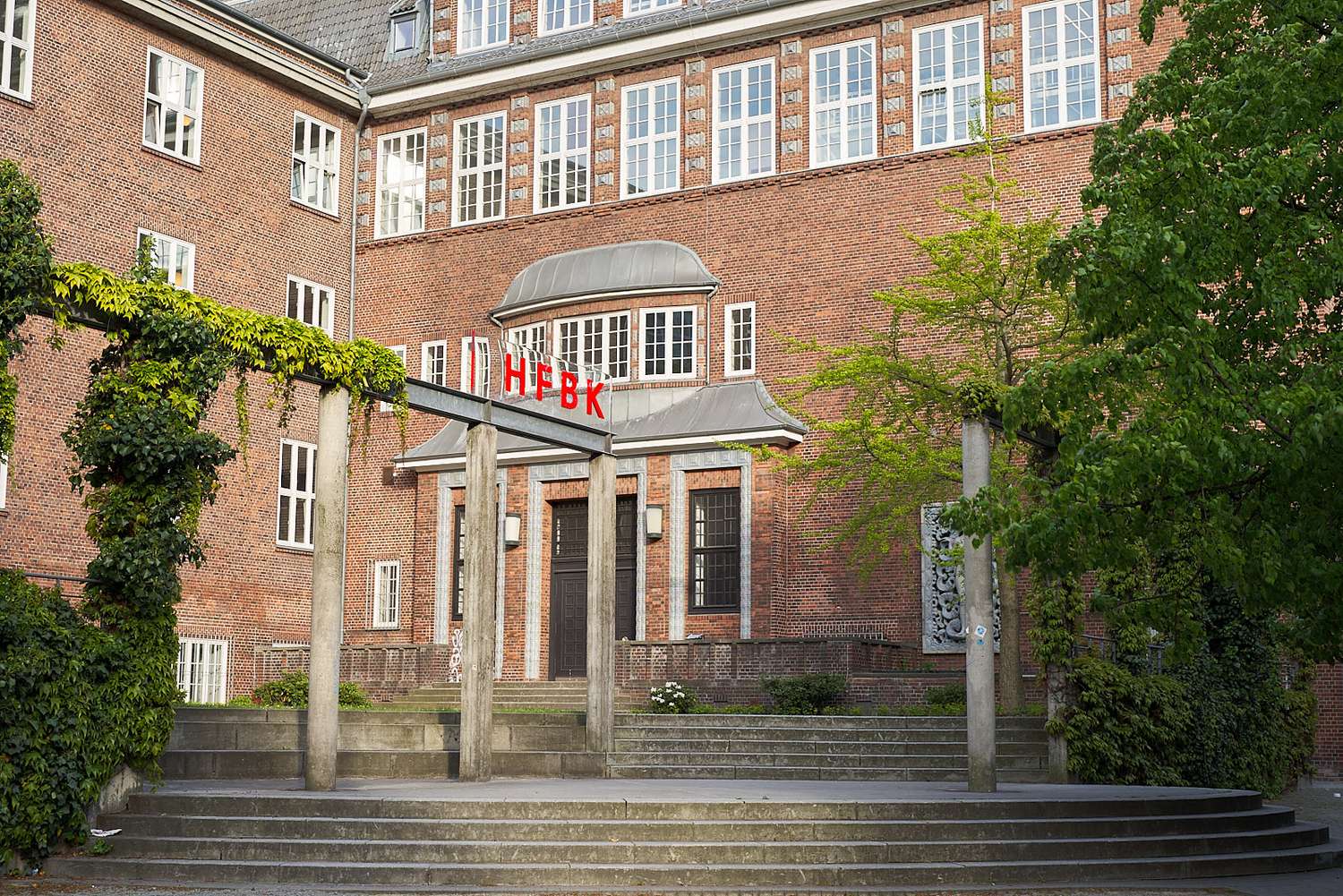
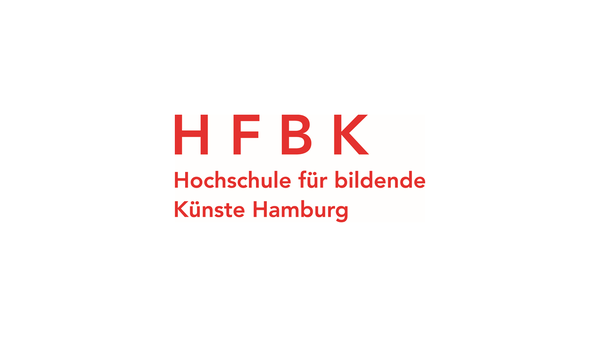
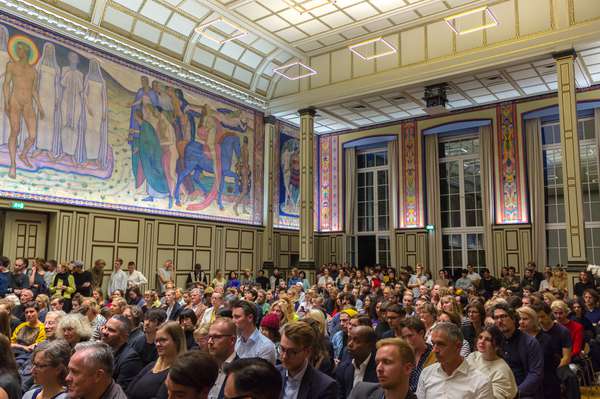
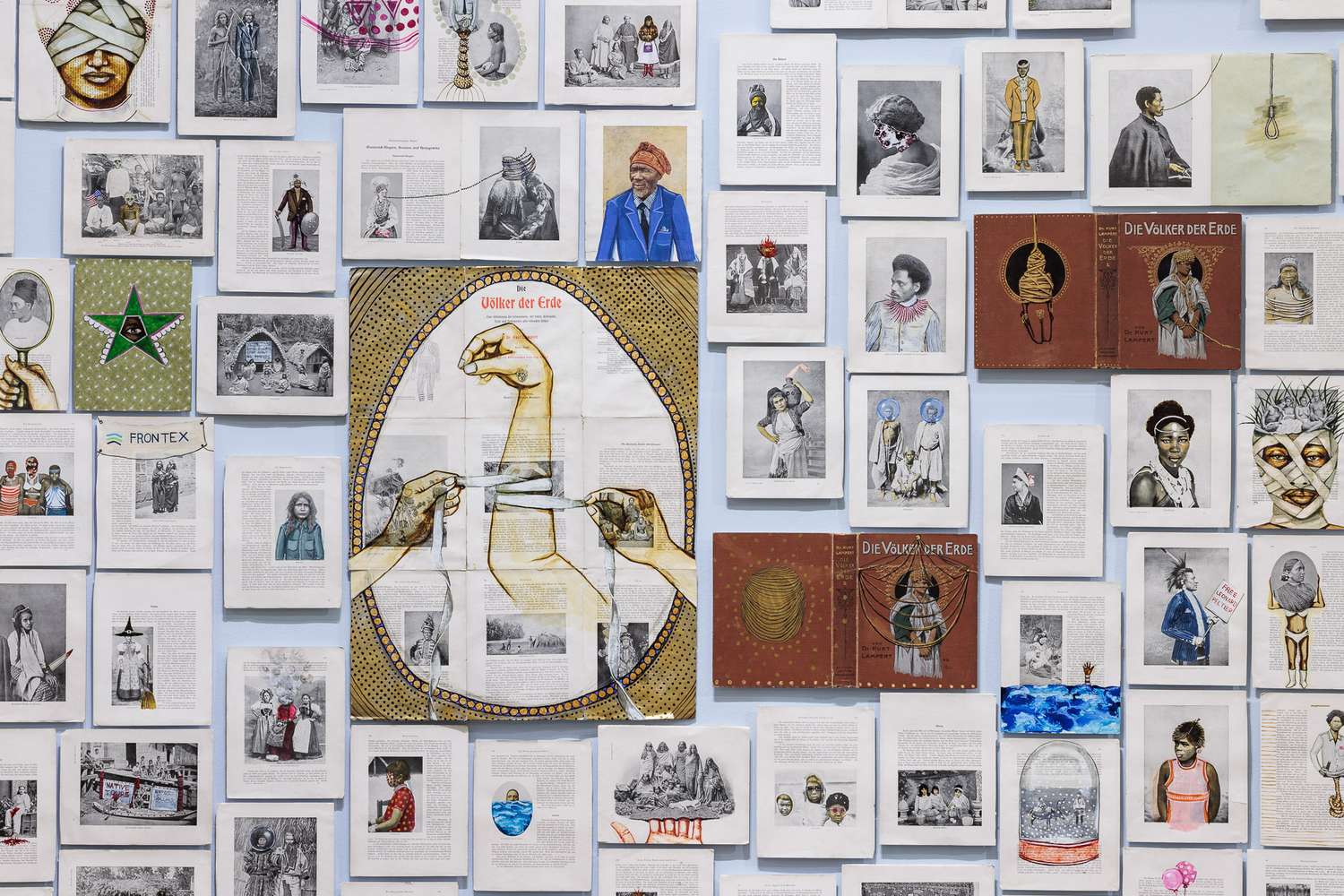




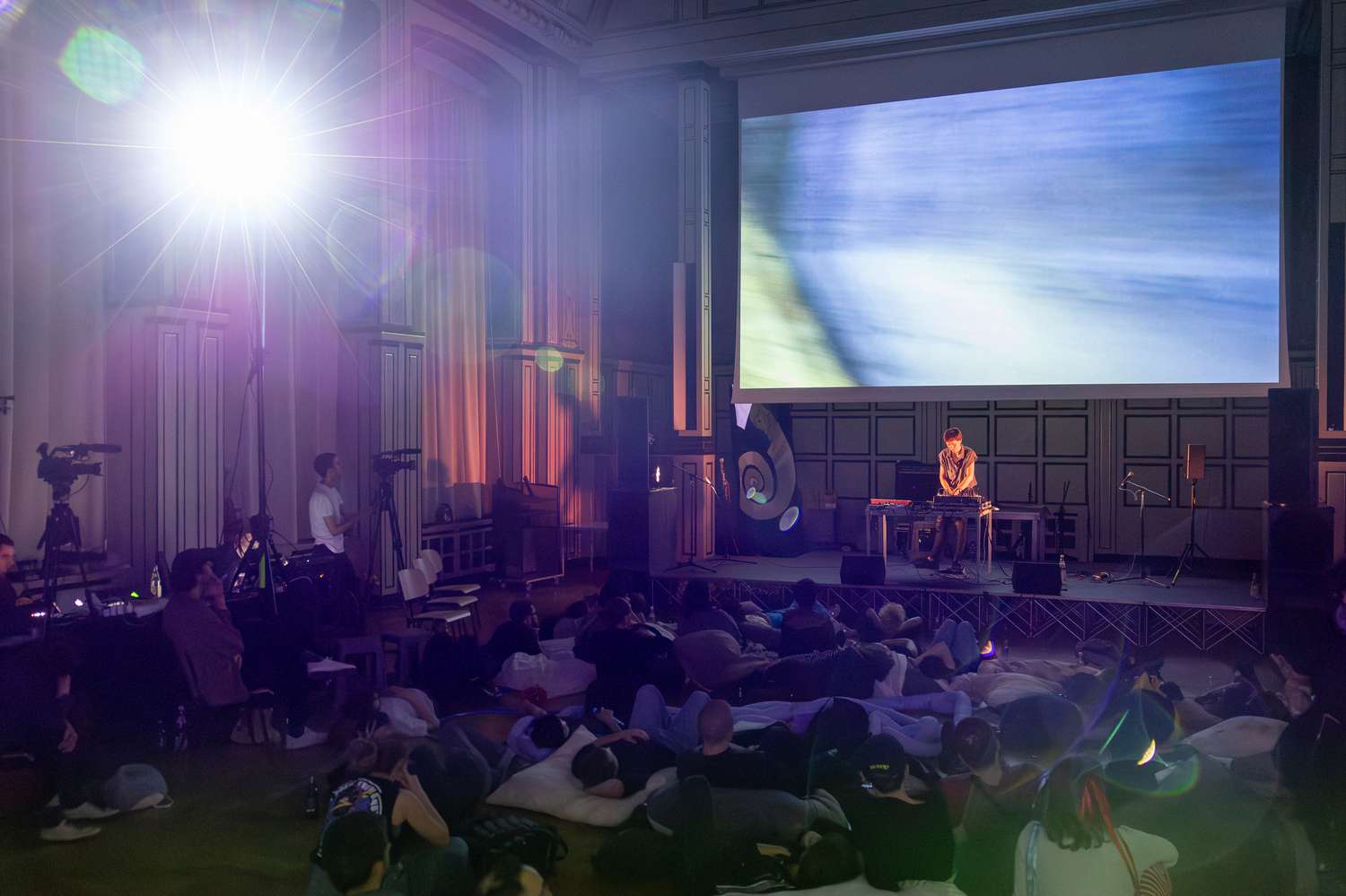
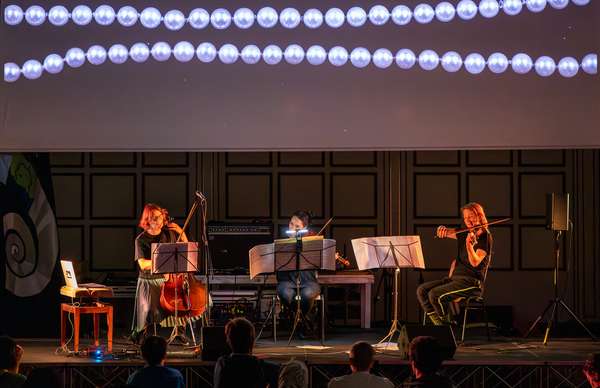

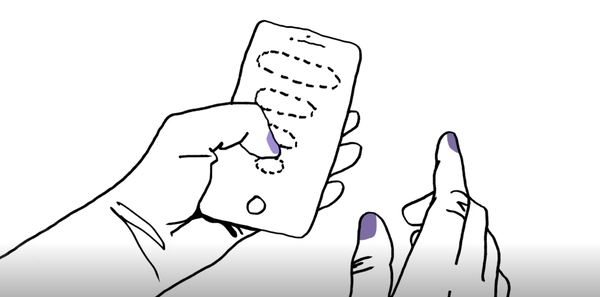







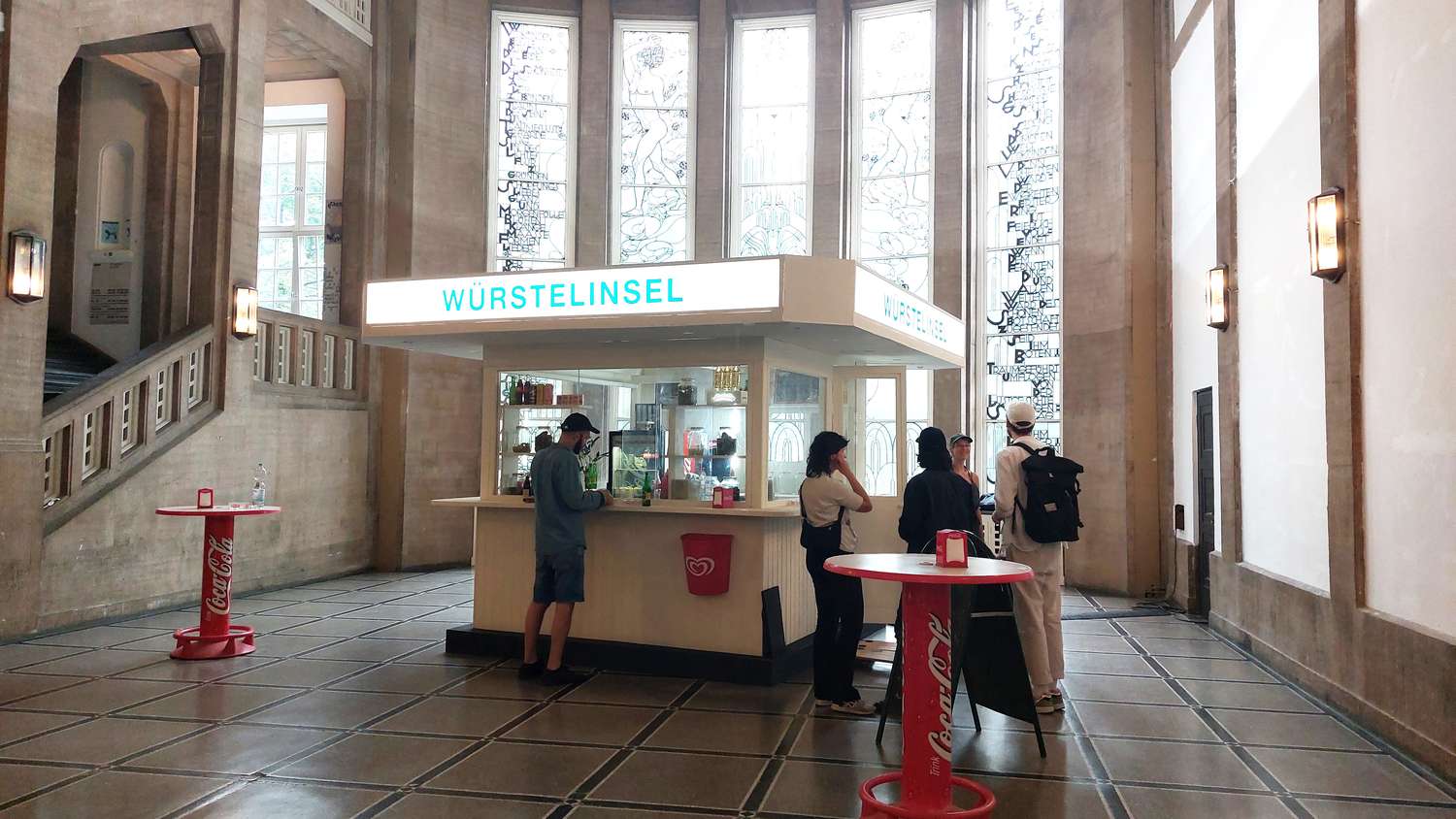
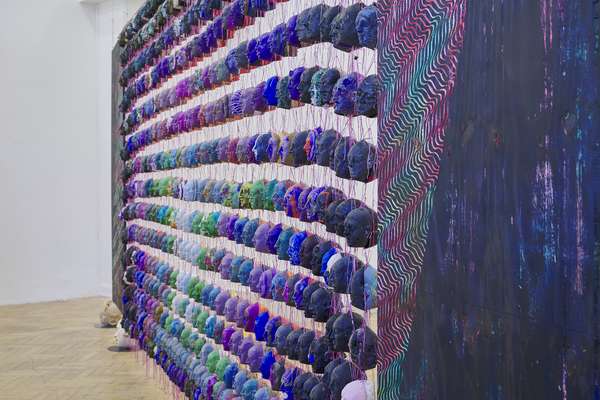


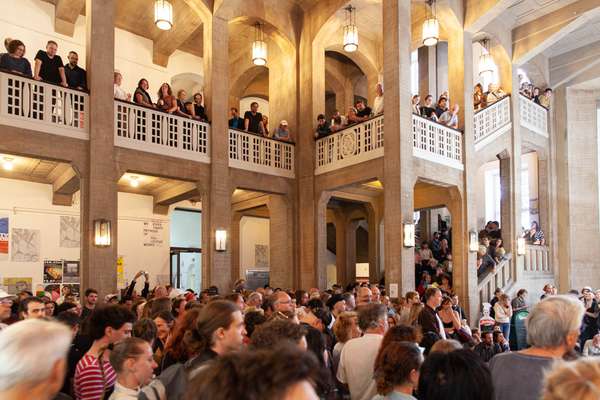


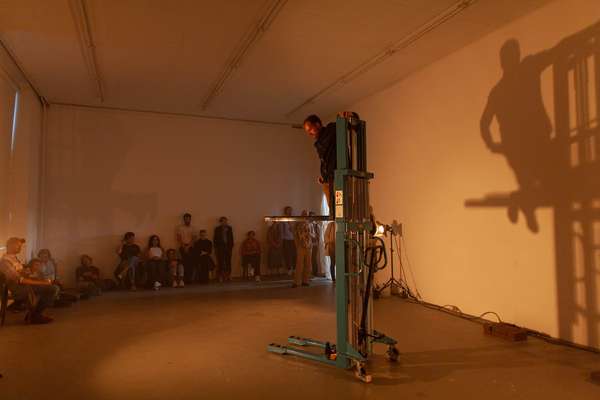




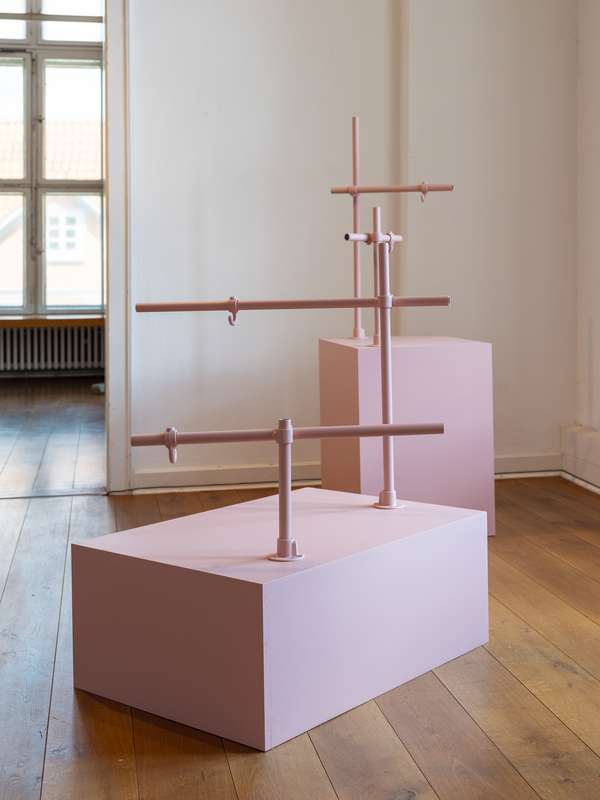

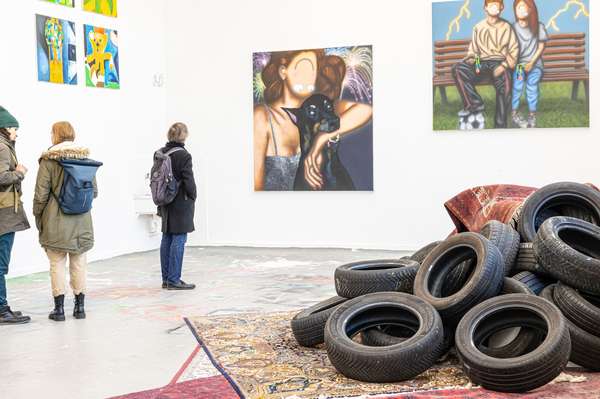
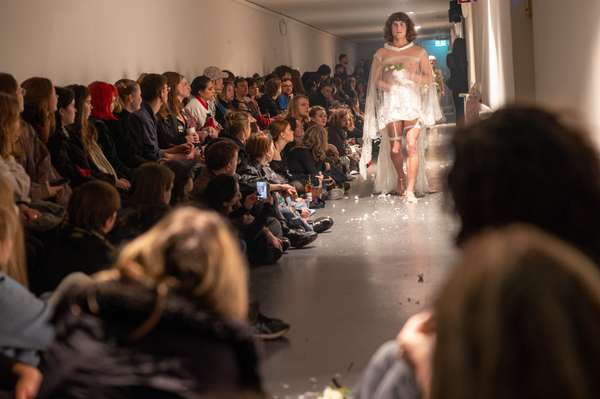
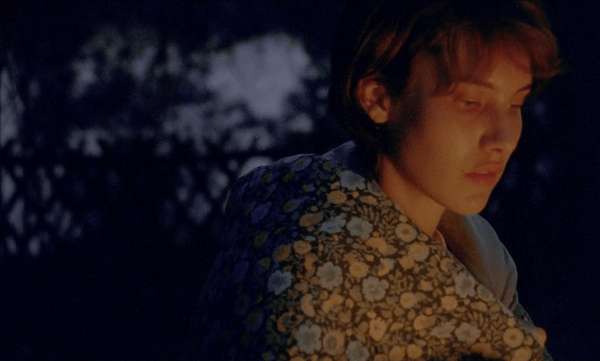
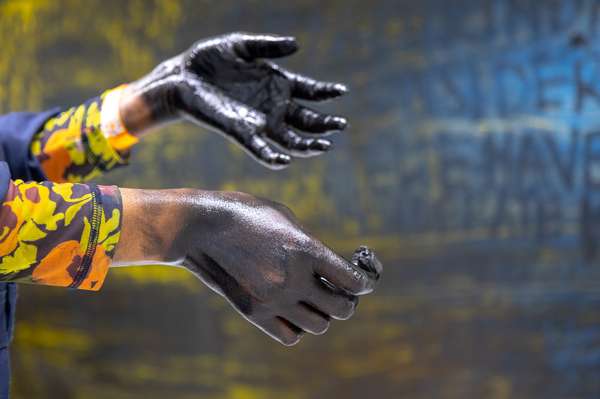








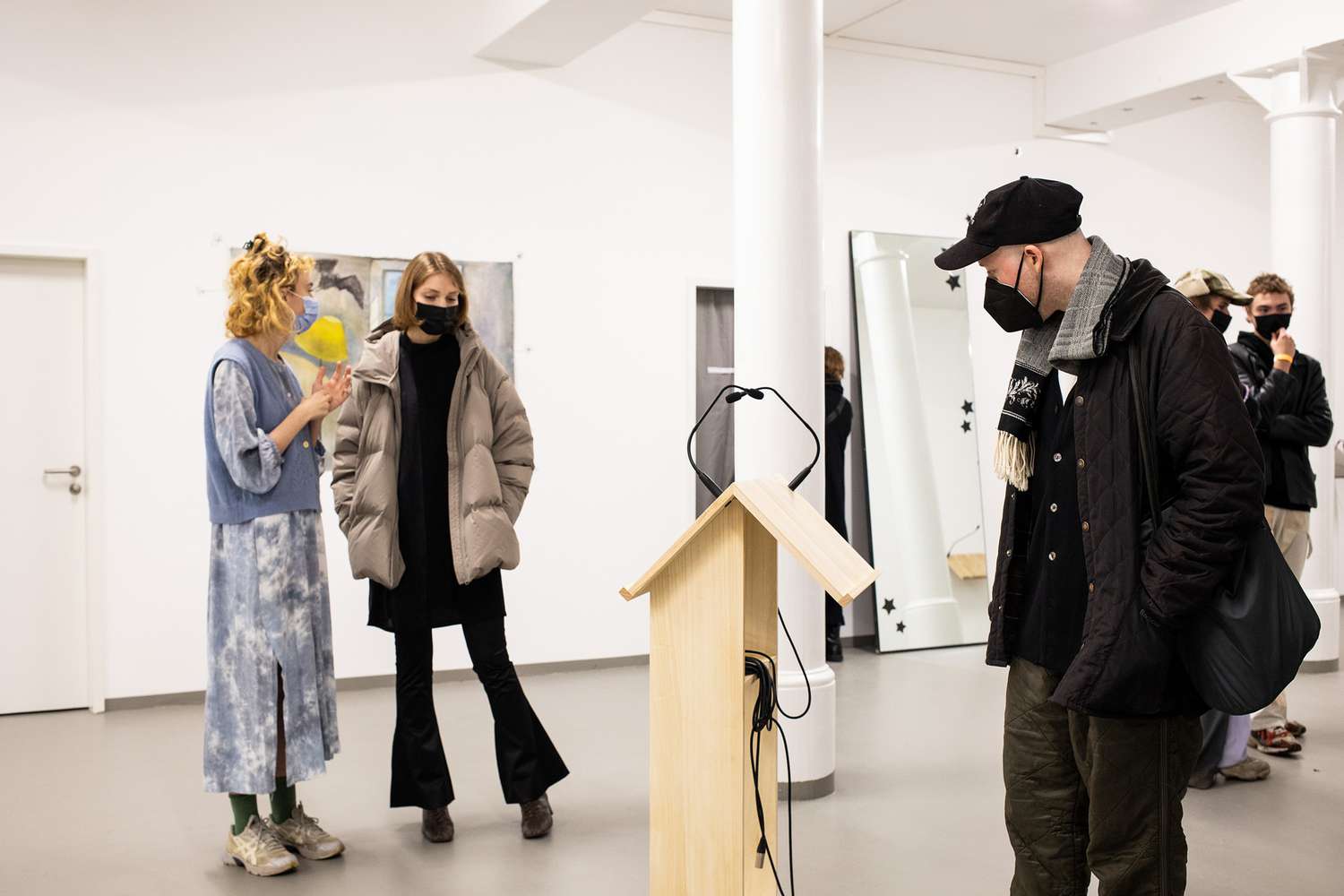
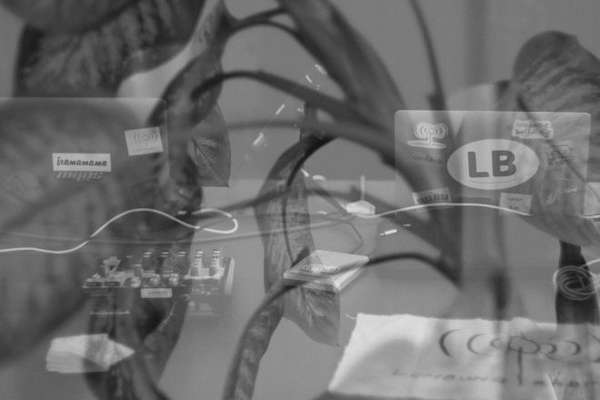


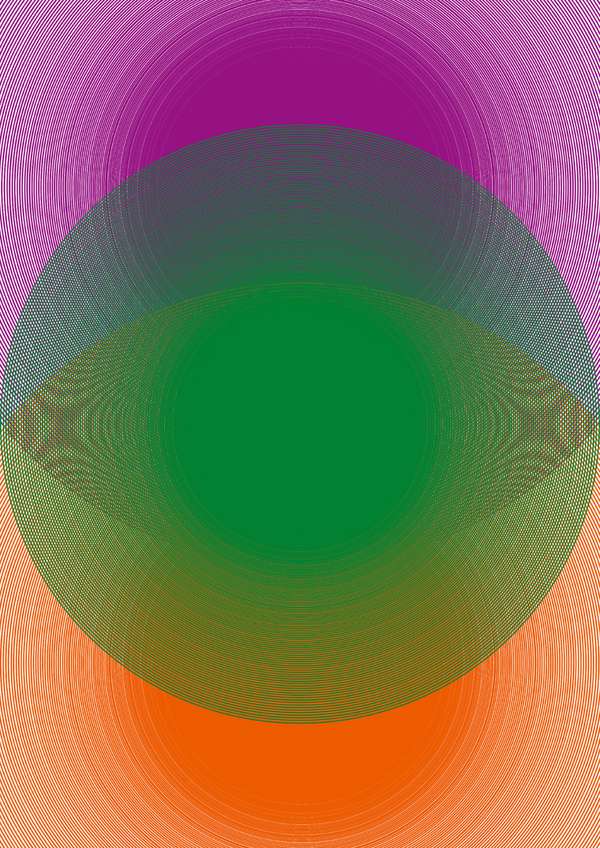
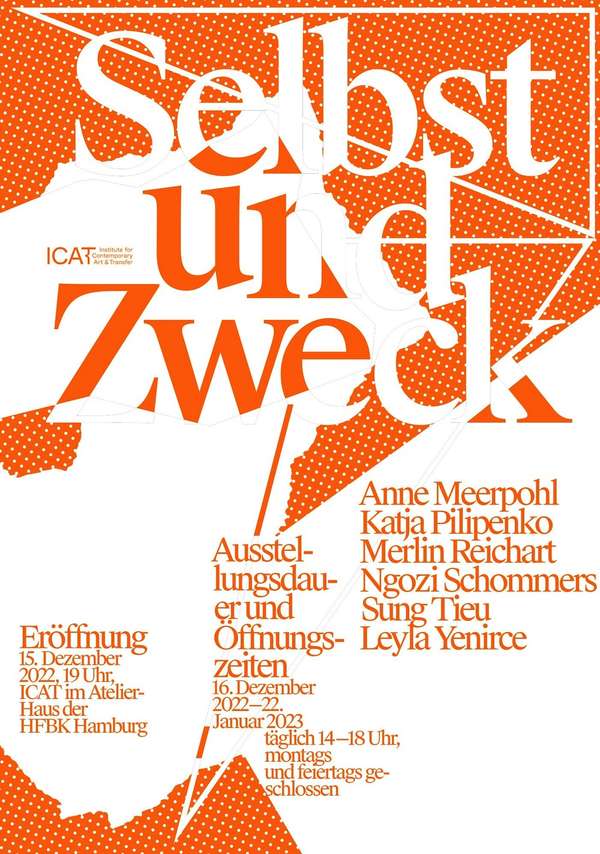
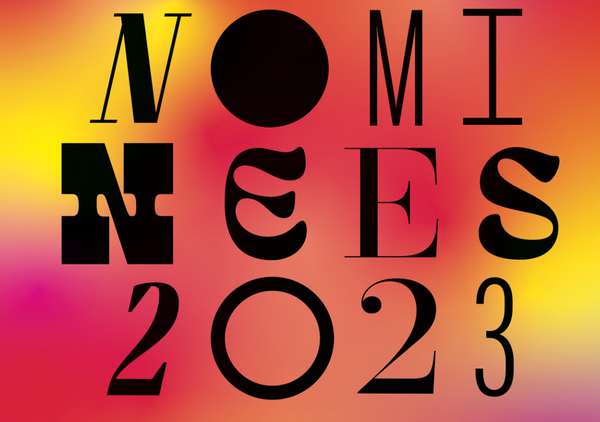




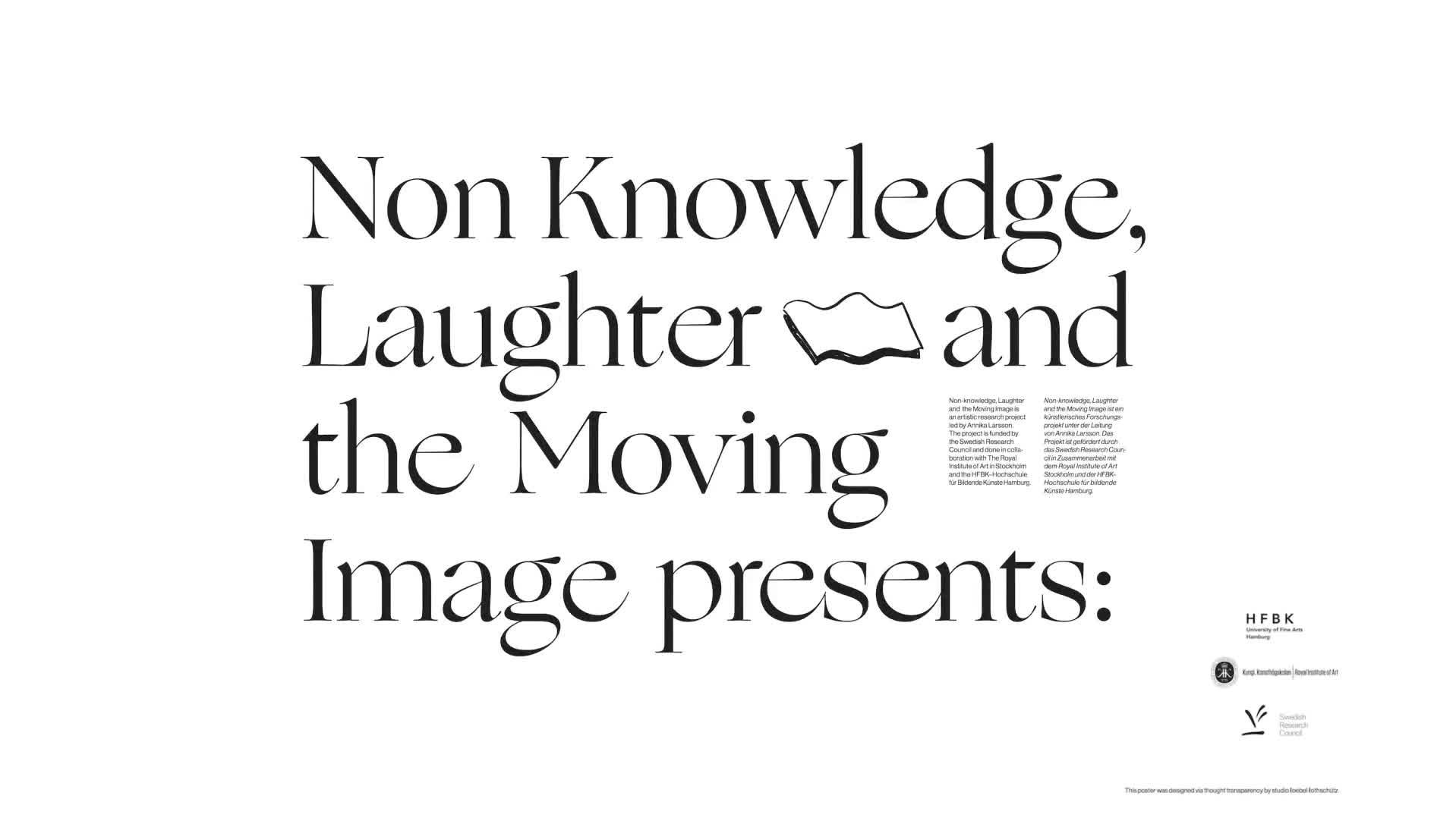
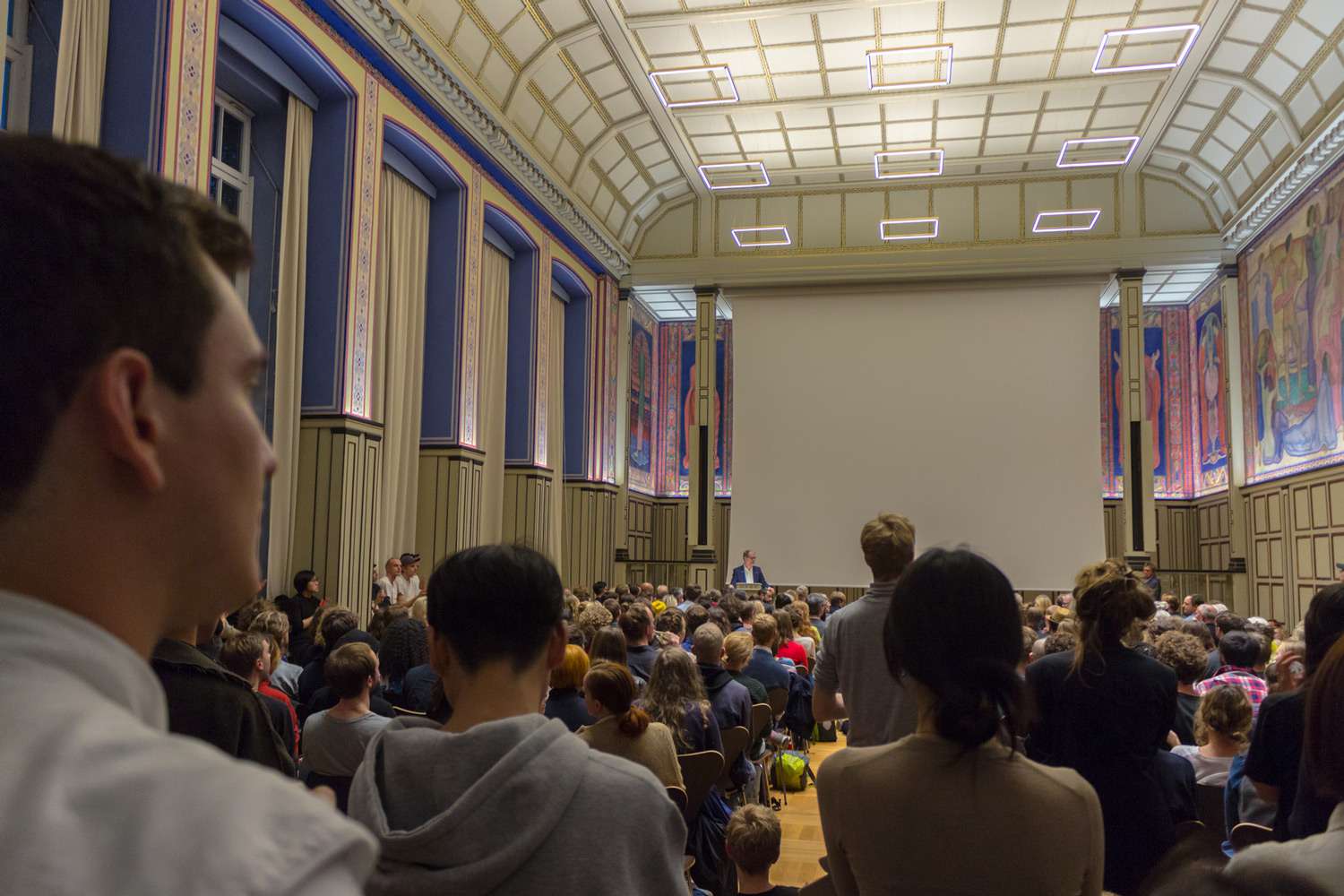
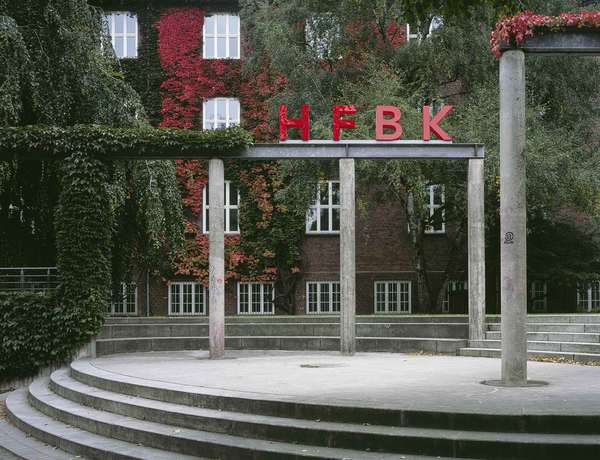


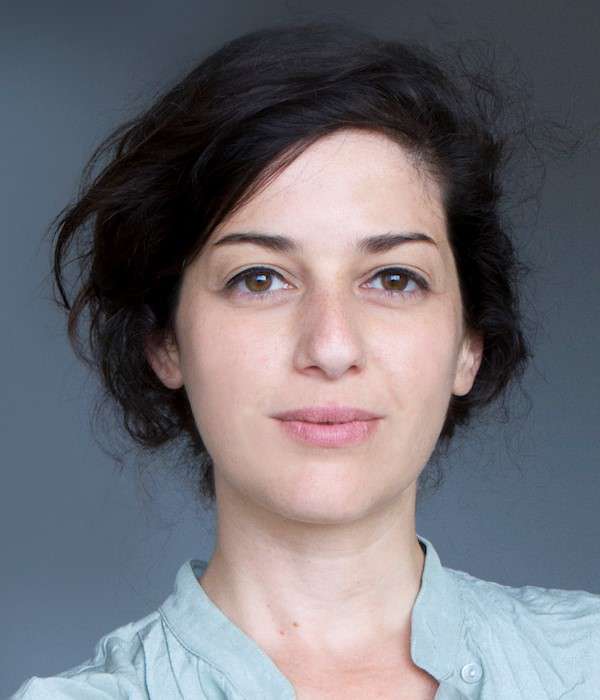

























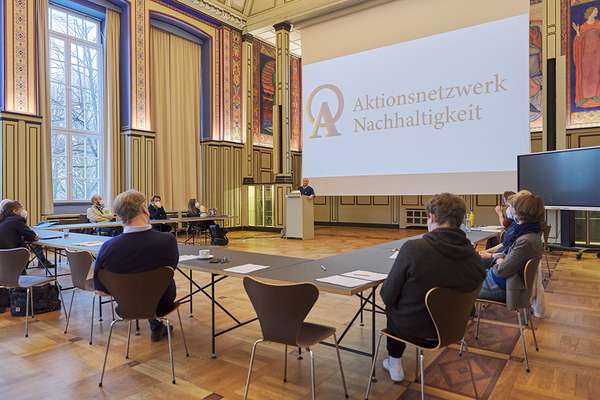






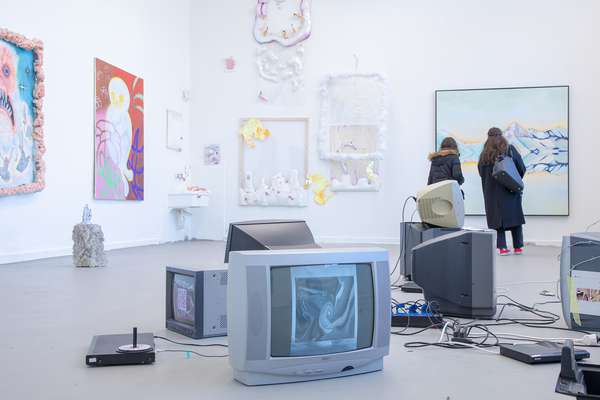
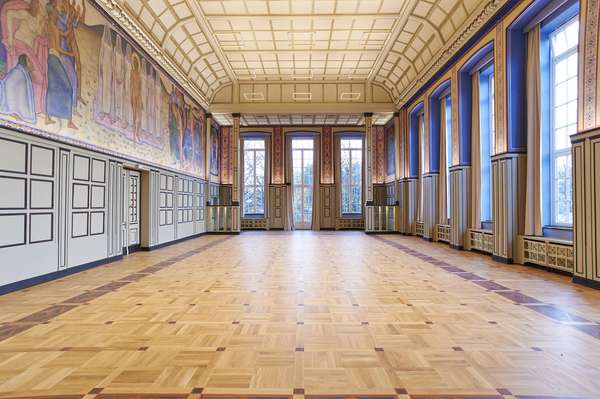
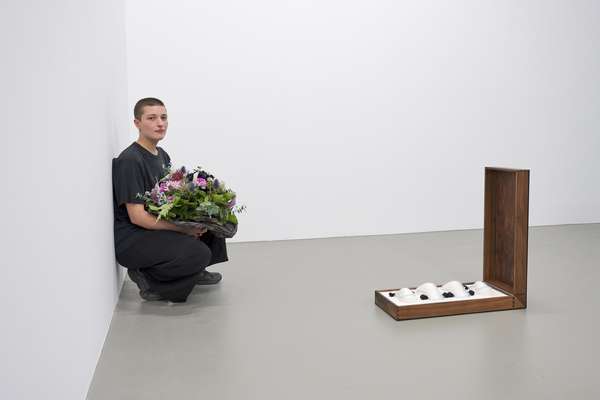








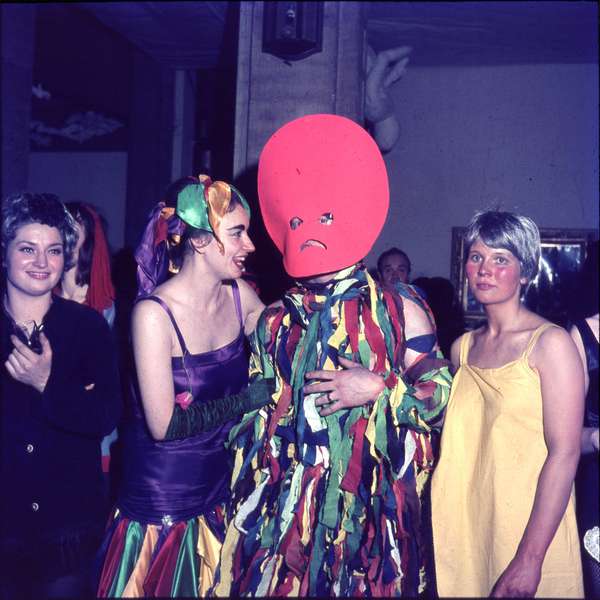
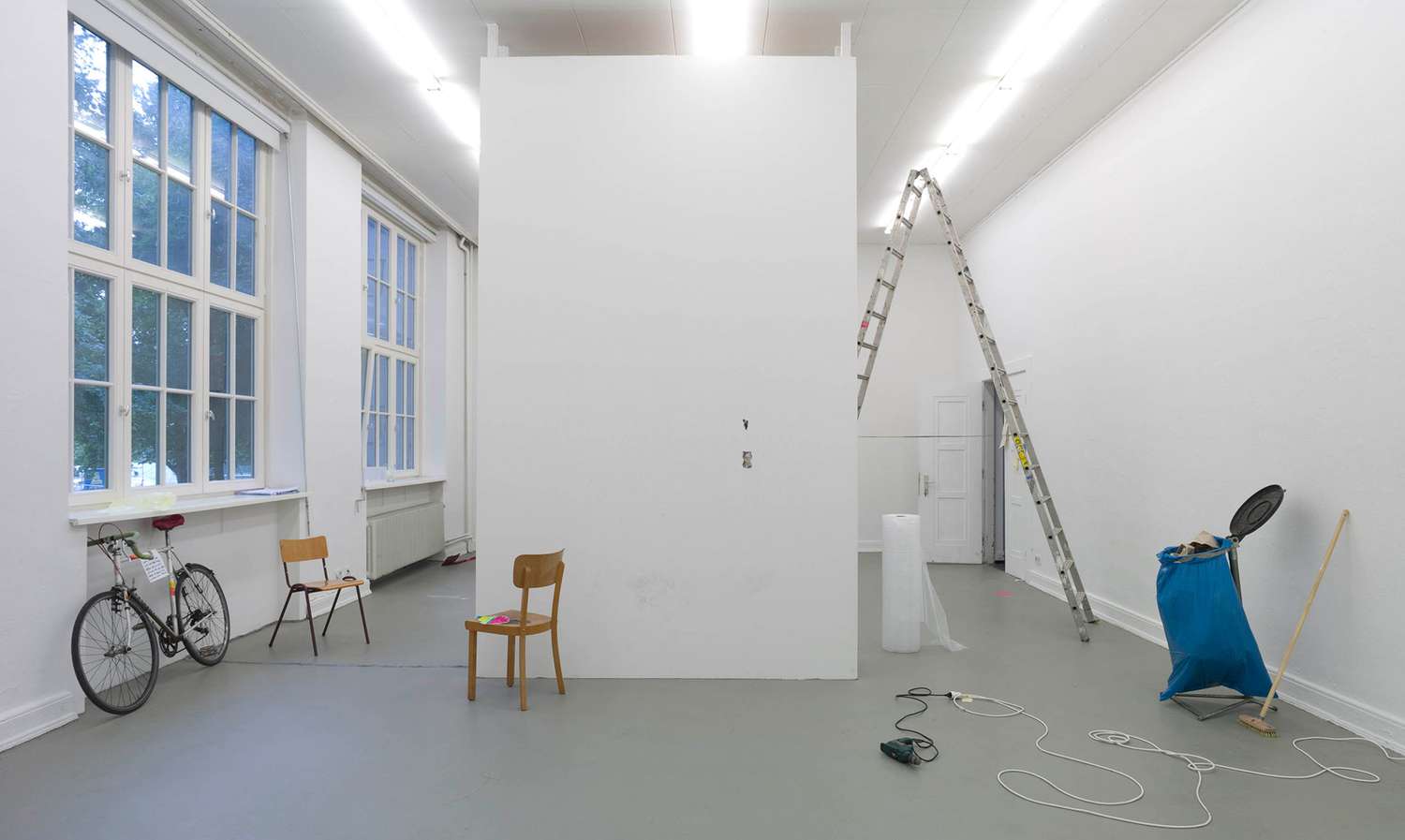
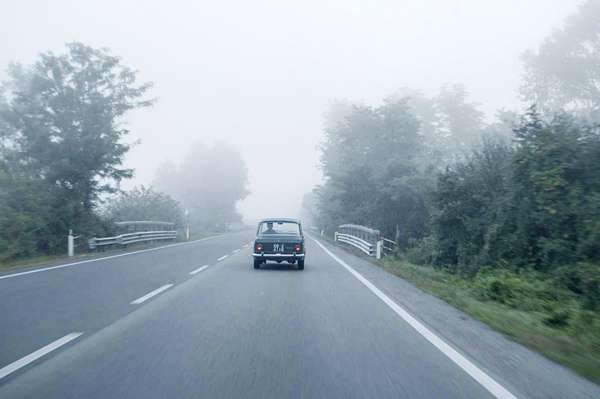

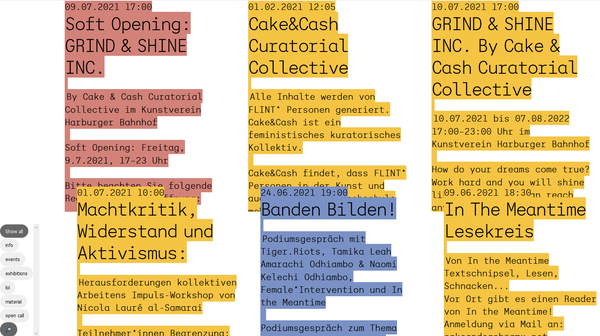
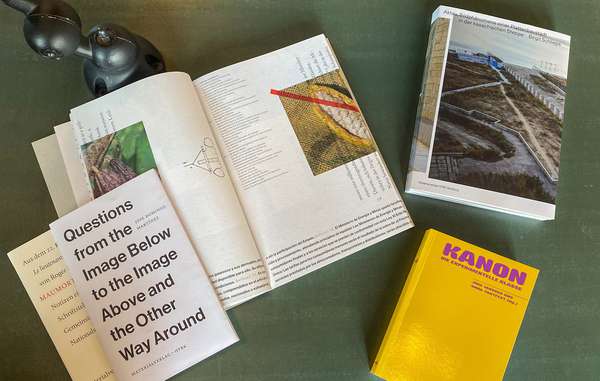


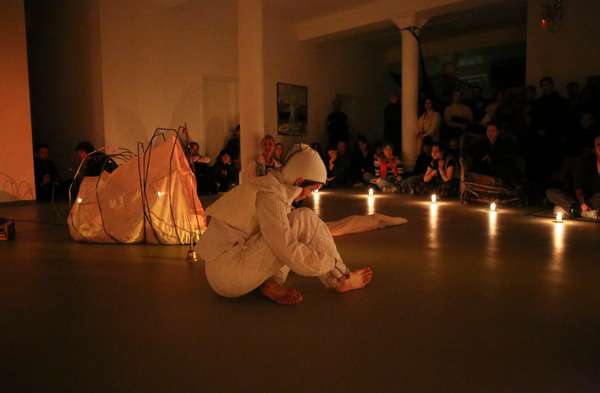








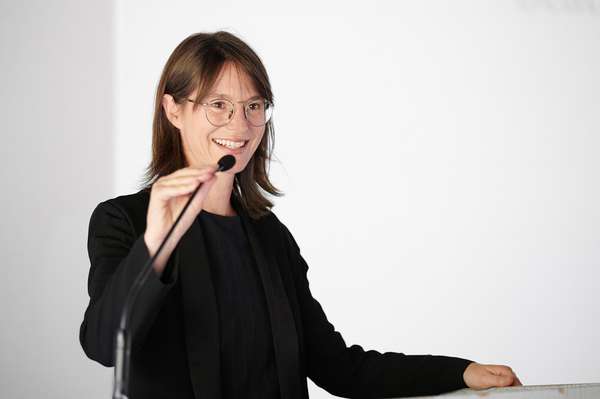




























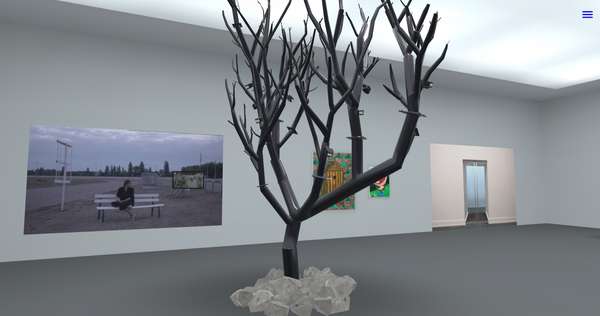
















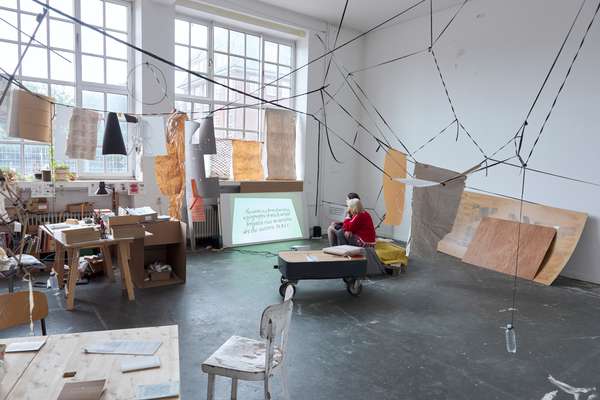

 Archives of the Body - The Body in Archiving
Archives of the Body - The Body in Archiving
 New partnership with the School of Arts at the University of Haifa
New partnership with the School of Arts at the University of Haifa
 Exhibition recommendations
Exhibition recommendations
 Annual Exhibition 2024 at the HFBK Hamburg
Annual Exhibition 2024 at the HFBK Hamburg
 How to apply: study at HFBK Hamburg
How to apply: study at HFBK Hamburg
 (Ex)Changes of / in Art
(Ex)Changes of / in Art
 Extended Libraries
Extended Libraries
 Semester Opening 2023/24
Semester Opening 2023/24
 And Still I Rise
And Still I Rise
 No Tracking. No Paywall.
No Tracking. No Paywall.
 Let's talk about language
Let's talk about language
 Graduate Show 2023: Unfinished Business
Graduate Show 2023: Unfinished Business
 Let`s work together
Let`s work together
 Annual Exhibition 2023 at HFBK Hamburg
Annual Exhibition 2023 at HFBK Hamburg
 Symposium: Controversy over documenta fifteen
Symposium: Controversy over documenta fifteen
 The best is saved until last
The best is saved until last
 Festival and Symposium: Non-Knowledge, Laughter and the Moving Image
Festival and Symposium: Non-Knowledge, Laughter and the Moving Image
 Wishing you a happy welcome
Wishing you a happy welcome
 Solo exhibition by Konstantin Grcic
Solo exhibition by Konstantin Grcic
 Art and war
Art and war
 Graduate Show 2022: We’ve Only Just Begun
Graduate Show 2022: We’ve Only Just Begun
 June is full of art and theory
June is full of art and theory
 Finkenwerder Art Prize 2022
Finkenwerder Art Prize 2022
 Nachhaltigkeit im Kontext von Kunst und Kunsthochschule
Nachhaltigkeit im Kontext von Kunst und Kunsthochschule
 Raum für die Kunst
Raum für die Kunst
 Annual Exhibition 2022 at the HFBK
Annual Exhibition 2022 at the HFBK
 Conference: Counter-Monuments and Para-Monuments.
Conference: Counter-Monuments and Para-Monuments.
 Diversity
Diversity
 Summer Break
Summer Break
 Live und in Farbe: die ASA Open Studios im Juni 2021
Live und in Farbe: die ASA Open Studios im Juni 2021
 Unlearning: Wartenau Assemblies
Unlearning: Wartenau Assemblies
 School of No Consequences
School of No Consequences
 Annual Exhibition 2021 at the HFBK
Annual Exhibition 2021 at the HFBK
 Semestereröffnung und Hiscox-Preisverleihung 2020
Semestereröffnung und Hiscox-Preisverleihung 2020
 Teaching Art Online at the HFBK
Teaching Art Online at the HFBK
 HFBK Graduate Survey
HFBK Graduate Survey
 How political is Social Design?
How political is Social Design?